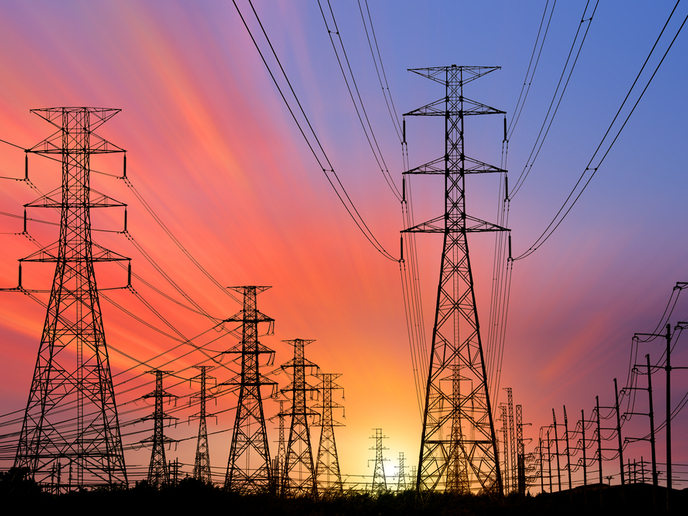Thermally stable adhesive for vacuum applications
The use of glass in building architecture has become increasingly popular. Depending on the local climate, the glass can be treated in order to optimise its thermal behaviour. Specifically, extremely thin metallic layers are deposited using a technique called large area magnetron sputtering to reduce the emissivity of the glass. The 3RD GENLAC project consortium received funding from the Fifth Framework Programme to develop new, thermally stable low-emissivity coatings. Heraeus Thin Film Materials GmbH, a 3RD GENLAC partner, contributed to the project objectives by making advances in magnetron sputtering with ceramic rotatable targets. To overcome longstanding difficulties related to the different rates of thermal expansion of the metal and ceramic components, a special adhesive was required to secure the targets to the cylindrical backing tube. Unfortunately, conventional adhesives do not fare well in the vacuum environment that is necessary for sputtering. Further to an extensive investigation, the German material scientists managed to develop a suitable adhesive with the requisite thermal stability. Heraeus Thin Film Materials GmbH has applied for patent protection for its discovery and is looking to establish a strategic partnership to proceed to the manufacturing phase.







